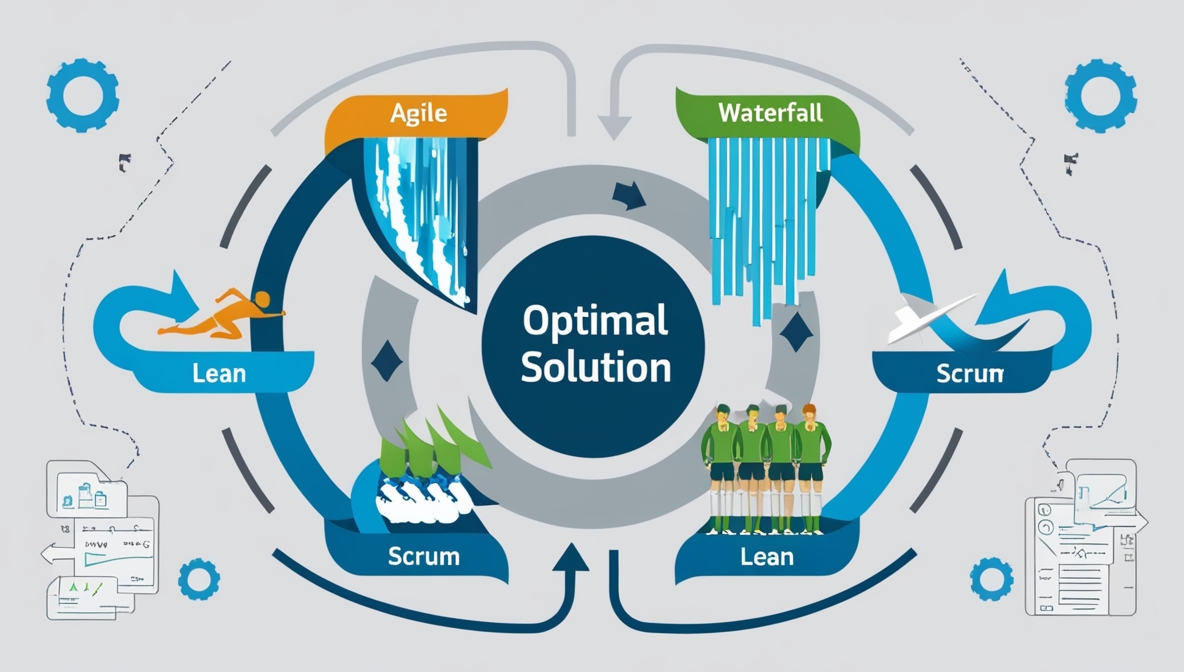
Systems Development Methodology Selection Guide [Presentation]
Navigating the complex realm of systems development methodologies, this strategic guide is a beacon for CIOs and IT leaders. Dive into a meticulous comparison of two leading frameworks, backed by real-world case studies, and unearth profound insights that promise not just informed decision-making but a blueprint for innovation, efficiency, and success in your IT endeavors.